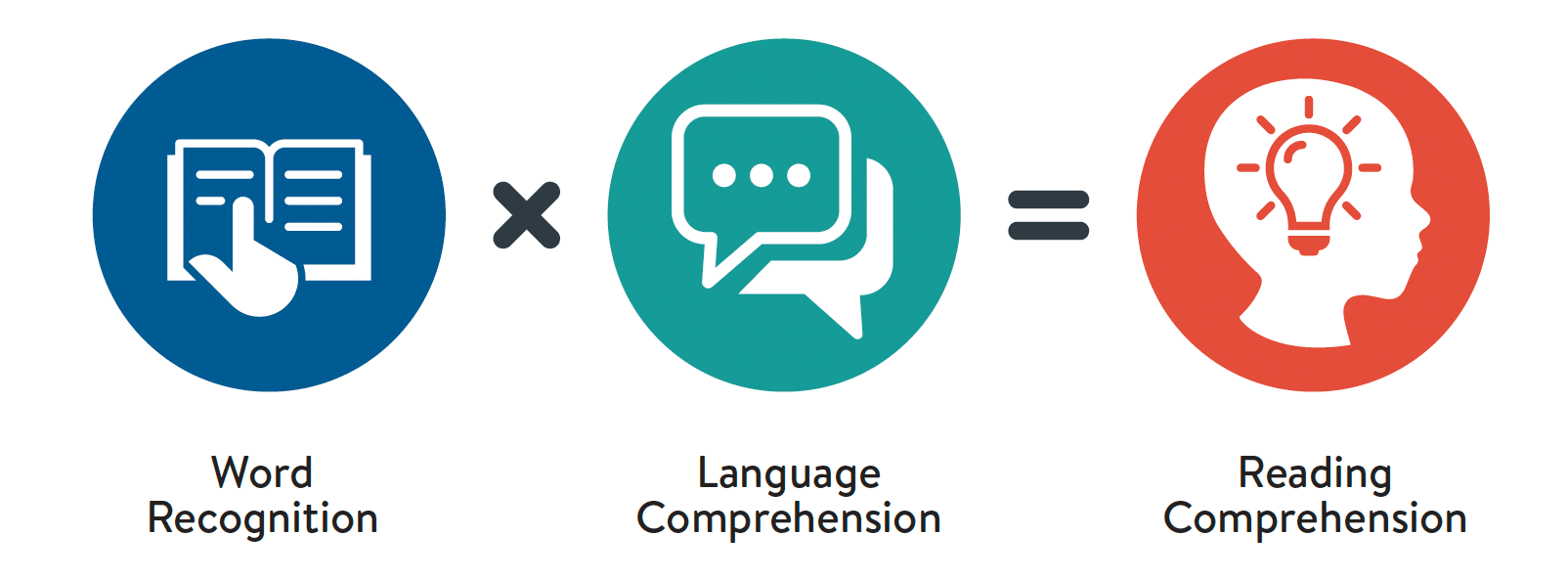Science of Reading
Home » Science of Reading
The term ‘science of reading’ is shorthand for the vast body of evidence on reading acquisition and instruction derived from research that uses scientific methods. In the context of reading research, ‘scientific’ does not just mean lab experiments. It comprises studies that follow a set of principles and protocols designed to advance knowledge and get closer to the ‘truth’. These studies take place in a numerous different settings, including schools.
The aim of scientific research on reading is to establish causality to as high a degree of confidence as possible. When investigating which teaching methods lead to the highest rates of proficiency, researchers use a variety of experimental designs that allow conclusions to be drawn about the direction and strength of causal relationships with varying degrees of certainty.
"We have a really strong scientific understanding of how children learn to read, and there is no longer any need for 'reading wars".
Professor Kathy Rastle
While scientific research on reading has accumulated over more than fifty years, over the past several years it has expanded at a great rate and is achieving its aim. Evidence from scientific studies in multiple disciplines is converging to an extent where a great deal is now known about how children learn to read and what prevents some from doing so.
The Science of Reading includes research from these academic disciplines:
- Education
- Communication sciences
- Cognitive psychology
- Developmental psychology
- Linguistics
- Neuroscience
- Implementation science
- School psychology
The Simple View of Reading
Conceptual models of reading provide the basis for testable hypotheses about reading, which are essential for scientific research. One of these models, the ‘Simple View of Reading’, is strongly supported by the Science of Reading (Gough & Tunmer, 1986).
The ‘Simple View of Reading’ has generated more than 200 studies involving thousands of students in numerous countries (Florit & Cain, 2011; Rose, 2017). It has proven to be highly predictive of individual differences in reading ability, with a 95-99% level of accuracy that is almost unheard of in social scientific research and which has had a profound influence on both instruction and intervention.
The Simple View of Reading states that reading comprehension is the product of two skills: word recognition (or decoding) and language comprehension. Or, put even more simply, being able to work out what the words are and knowing what they mean.
If students have difficulty with either of these aspects (or both), their reading comprehension will be poor. Instruction must target both of these sets of skills and knowledge for reading to develop.

Key readings
Castles, A., Rastle, K., & Nation, K. (2018).
Ending the reading wars: Reading acquisition from novice to expert.
Psychological Science in the Public Interest
Florit, E. & Cain , K. (2011).
The simple view of reading: Is it valid for different types of alphabetic orthographies?
Educational Psychology Review
Gough, P. B. & Tunmer, W. (1986).
Decoding, reading and reading disability.
Remedial and Special Education
Rastle, K. (2018).
Beyond the reading wars: How the science of reading can improve literacy.
Association for Psychological Science
The Reading League.
What is the Science of Reading?


